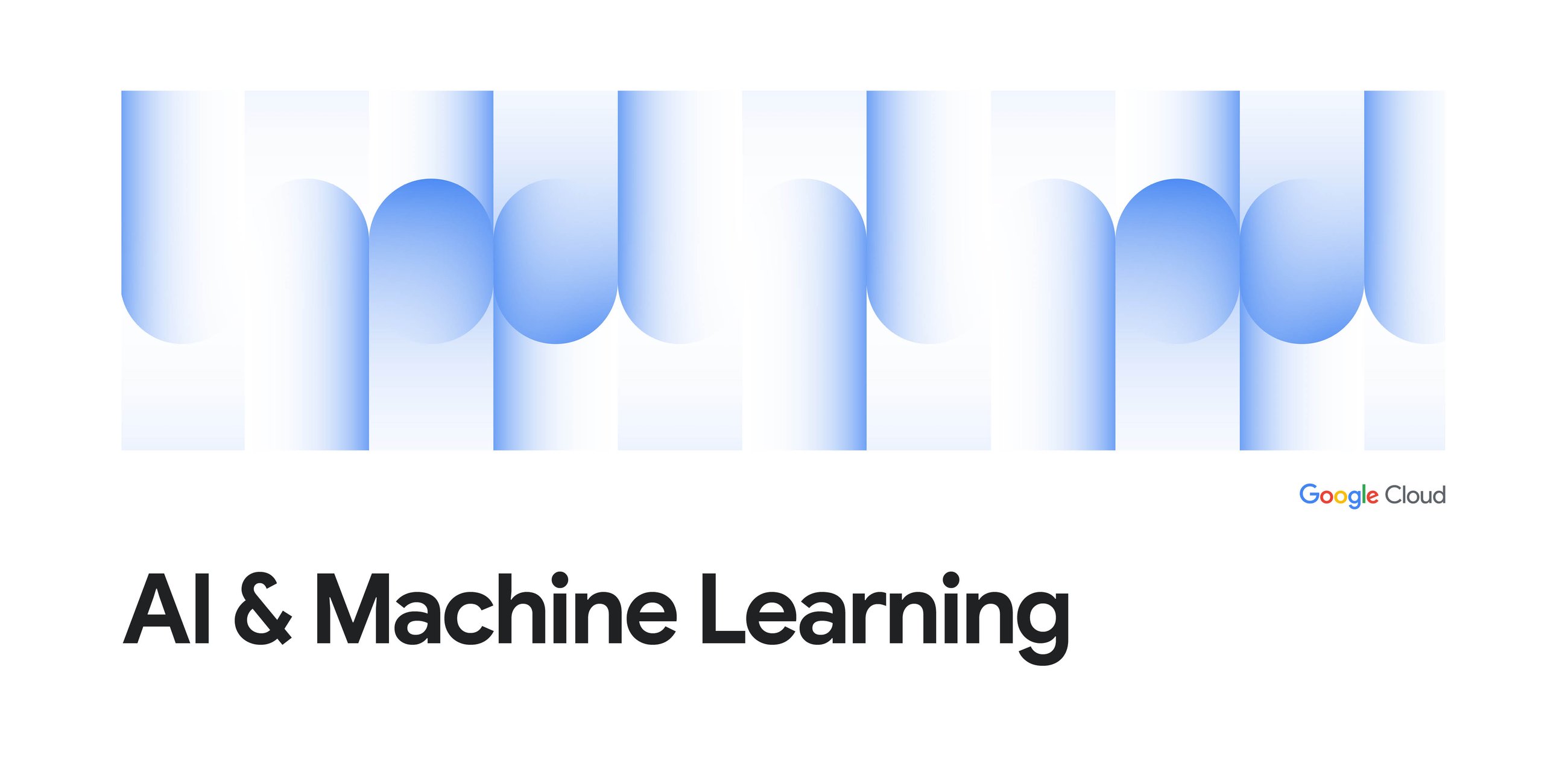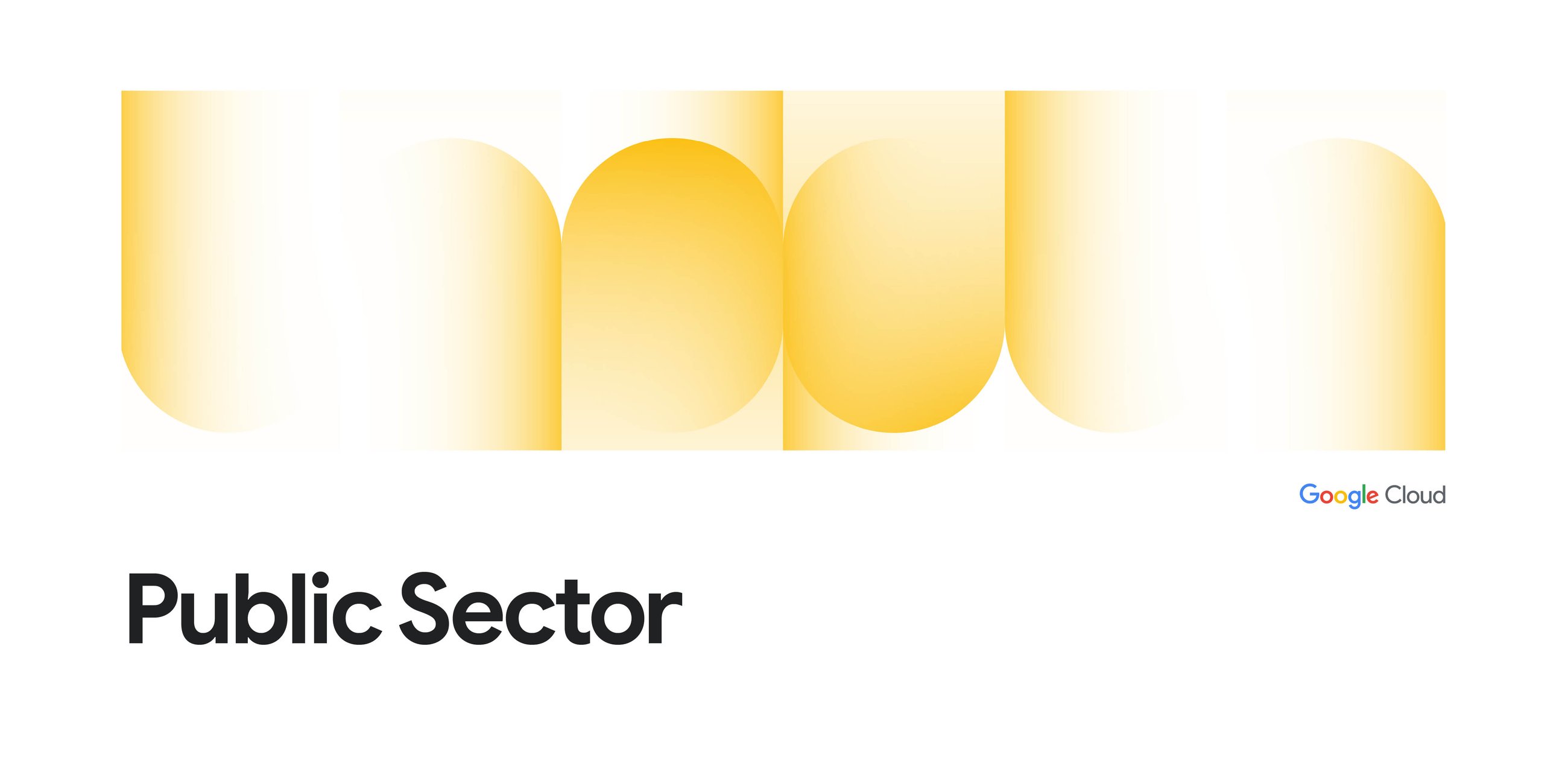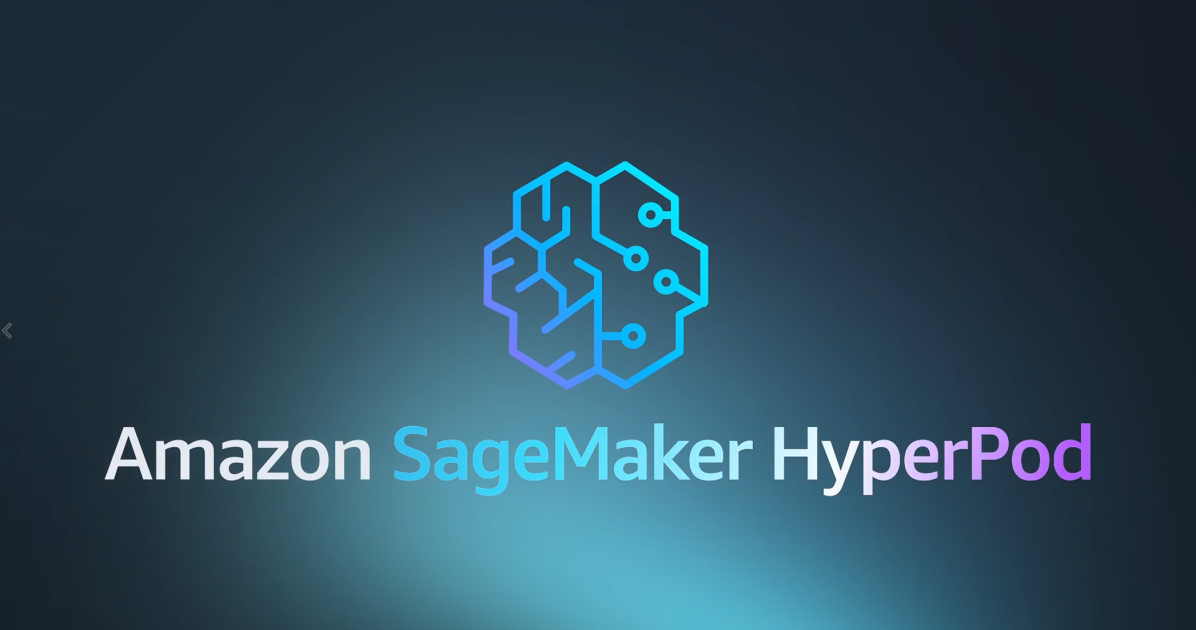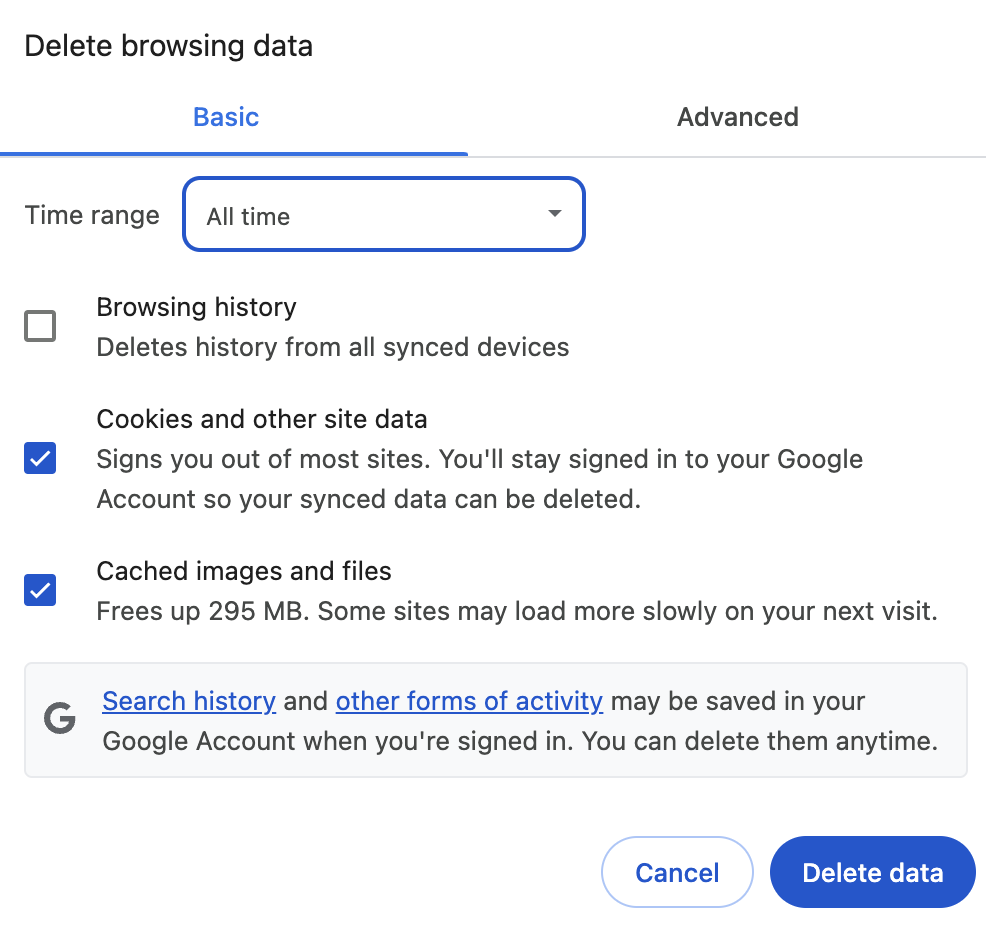
It’s important that you incorporate evaluation early on in the process. You can leverage Vertex AI’s Gen AI evaluation service to assess the model against your own data and criteria, or integrate open-source frameworks. This essential early validation ensures you confidently select the right base model.
By the end of this experimentation and research phase, you’ll have efficiently navigated from model discovery to initial evaluation ready for the next step.
Part 2: Start parameter efficient fine-tuning (PEFT) with your data
You’ve found your based model – in this case Qwen3. Now for the magic: making it yours by fine-tuning it on your specific data. This is where you can give the model a unique personality, teach it a specialized skill, or adapt it to your domain.
Step 1: Get your data ready
First you need to get your data ready. Reading data can often be a bottleneck, but Vertex AI makes it simple. You can seamlessly pull your datasets directly from Google Cloud Storage (GCS) and BigQuery (BQ). For more complex data-cleaning and preparation tasks, you can build an automated Vertex AI Pipeline to orchestrate the preprocessing work for you.
Step 2: Hands-on tuning in the notebook
Now you can start fine-tuning your Qwen3 model. For Qwen3, the Model Garden provides a pre-configured notebook that uses Axolotl, a popular framework for fine-tuning. This notebook already includes optimized settings for techniques like:
-
QLoRA: A highly memory-efficient tuning method, perfect for running experiments without needing massive GPUs.
-
FSDP (Fully shared data parallelism): A technique for distributing a large model across multiple GPUs for larger scale training.
You can run the Qwen3 fine-tuning process directly inside the notebook. This is the perfect “lab environment” for quick experiments to discover the right configuration for the fine-tuning job.
Step 3: Scaling up with Vertex AI training
Experimenting and getting started in a notebook is great, but you might need more GPU resources and flexibility for customization. This is when you graduate from the notebook to a formal Vertex AI Training job.
Instead of being limited by a single notebook instance, you submit your training configuration (using the same container) to Vertex AI’s managed training service offering more scalability, flexibility and control. Here’s what that gives you:
-
On-demand accelerators: Access an on-demand pool of the latest accelerators (like H100s) when you need them or choose DWS Flex start, spot GPUs, BYO-reservation options for more flexibility or stability.
-
Managed infrastructure: No need to provision or manage servers or containers. Vertex AI handles it all. You just define your job, and it runs.
-
Reproducibility: Your training job is a repeatable artifact, making it easier to be used in a MLOps workflow.
Once your job is running, you can monitor its progress in real-time with TensorBoard to watch your model’s loss and accuracy improve. You can also check in on your tuning pipeline.
Source Credit: https://cloud.google.com/blog/products/ai-machine-learning/take-an-open-model-from-discovery-to-endpoint-on-vertex-ai/



